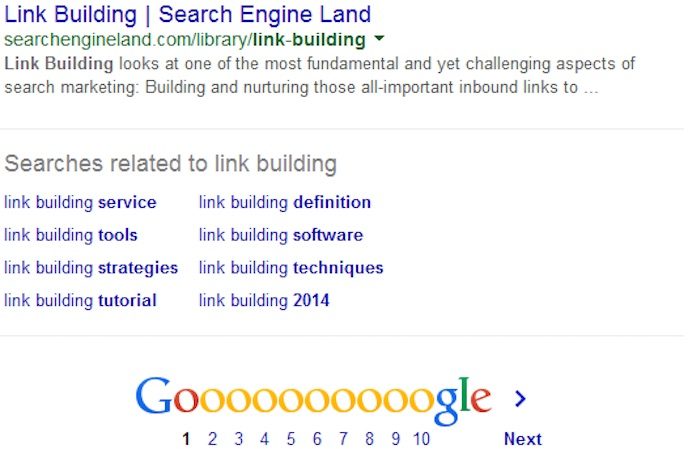Never underestimate the importance of long tail keywords when writing content. I’ve started to implement long-tail words into every piece of content I write because it’s been proven they are more precise in meeting the user’s needs. Google has tweaked their search engine to ensure it meets the users’ experience and over the years, they’ve found long-tail keywords are being used more often. For those of you not aware of long-tail keywords, here’s a quick definition from WordStream:
“Long–tail keywords are longer and more specific keyword phrases that visitors are more likely to use when they’re closer to a point-of-purchase. They’re a little bit counter-intuitive, at first, but they can be hugely valuable if you know how to use them.â€
I’m not saying you should entirely focus on long tail keywords but some should be included into your content so you can attract targeted visitors. You’ll notice customers who know what they want will be very precise in the way they use search engines to find it. For example, “workouts to lose stomach fat†reflect those looking for precise exercises for their stomach and will watch videos or purchase products that target that area. Imagine if you can create a product for these people and how well it would convert into sales.
Here are cool ways I research and rank long-tail keywords in my content. Implement these strategies going forward.
Research Using Google
I know there are many tools available to streamline the entire process but I’ve found from experience, Google gives you the best results. Head over to Google Keyword Planner and type in your main keyword. Next, it’s important to choose a keyword from the list that closely resembles your target content. For example, SEO>link building would be a great choice, however, you need to narrow down link building into relevant long-tail keywords. Plug “link building†into Google Keyword Planner then look for phrases with 3+ words. I’ve noticed the longer, the better, because these tend to be way more precise. However, you can even use another cool strategy from within the Google search bar.
In Google search, type in “link building†then scroll to the bottom toward “Searches Related Toâ€. Here, you’ll be searching keywords with 3+ words. For this strategy to be effective, it’s important to gather 3-4 long-tail keywords.

Creating Content
Writing high quality relevant content for your readers is very important to achieve blogging success. I encourage all my clients to always perform research and write in-depth content so you’re providing substance to your audience. However, you need to tweak your content so it outranks your competition in the SERP’s, which is why I encourage using both EXACT and long-tail keywords in your content. Here’s the strategy I use to achieve rankings quickly.
First, I’ll write out my entire content so I can go back, plugging keywords into my content after. This way, I’ll ensure my content is genuine and makes sense without keyword stuffing while writing. EXACT match keywords, I spread out in my content, however, I’ll use long-tail keywords strategically as my sub-headings. The H2 tag on sub-headings will help these long-tail keywords stand out when my page is being indexed. Afterward, I’ll read through a few times, making sure everything sounds great and my content reflects the topic.
Link Building (Anchor)
Building links are all the same. Whether if you’re building EXACT match, related, LSI, or long-tail anchors, you’re going to use the same process. However, to ensure effective link building to long-tail keywords, you want to ensure you use the phrase as your anchor text. For example, if I’m trying to rank this long-tail phrase: “workouts to lose stomach fat†then my anchor text embedded into external content pointing back to my page will be “workouts to lose stomach fatâ€. The reason this is so effective is for the following two reasons:
First, not many people know how to use long-tail keywords effectively by adding them as H2 tags. When using H2 formatted text, you are already putting more value on those keywords and Google is well aware of this. Next, many people forget to use the entire long-tail keyword as an anchor text, which cuts the value in half. I’ve stressed to my clients to always use the full keyword you’re trying to rank for as an anchor. This way, Google knows what keywords you’re targeting on your page.
